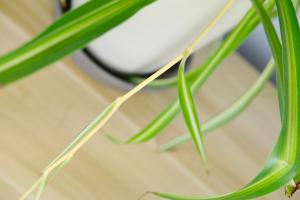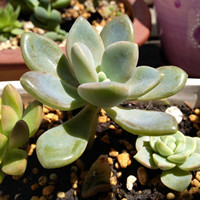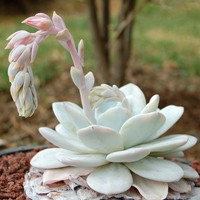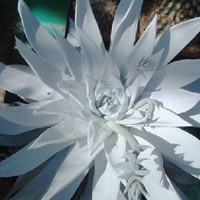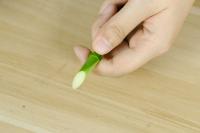Can a Zebra Plant Root in Water?
Zebra plant (Aphelandra squarrosa) is a beautiful houseplant known for its striking foliage, featuring green leaves with bold yellow or white stripes. If you own a zebra plant or plan to buy one, you may be wondering whether it can root in water. While some plants can be propagated in water, others require soil to grow roots and establish themselves. Keep reading to find out whether zebra plants can root in water and how to propagate them successfully.
Propagation Methods for Zebra Plant
There are several ways to propagate zebra plants, including:
Stem cuttings
Leaf cuttings
Air layering
Division
Stem and leaf cuttings are the most popular propagation methods for zebra plants. Both methods involve taking a cutting from a healthy parent plant and using it to grow a new one. Stem cuttings are taken from the stem or branching of the parent plant, while leaf cuttings are taken from a leaf with some stem attached.
Can Zebra Plants Root in Water?
While some plants can root in water, zebra plants are not one of them. These plants prefer to root in soil, where they can establish a strong root system to support their growth. If you attempt to root a zebra plant in water, the odds are against you. The plant may become waterlogged and develop root rot, which is a fungal disease that can kill the plant. Therefore, it's best to stick with soil propagation methods when propagating zebra plants.
How to Propagate Zebra Plants in Soil
Propagating zebra plants in soil is easy and straightforward. Here is a step-by-step guide to help you get started:
Choose a healthy parent plant with no signs of disease or pest infestation.
Take a stem or leaf cutting from the parent plant, ensuring that the cutting is at least 2-3 inches long.
Dip the cut end of the cutting in rooting hormone to encourage root growth.
Plant the cutting in a pot filled with moist potting soil. Make sure the soil is well-draining and has good aeration.
Water the cutting thoroughly and place it in a warm, bright spot with indirect light.
Maintain high humidity around the cutting by covering it with a plastic bag or placing it in a terrarium.
After a few weeks, check for root growth by gently tugging on the cutting. If it offers resistance, the roots have developed, and you can remove the plastic bag or terrarium.
Once the cutting has established roots, you can transplant it into a larger pot or share with friends.
By following these steps, you can propagate your zebra plant successfully and enjoy its striking foliage for years to come. Remember to be patient and consistent in caring for your new plant, as it may take some time to grow and thrive in its new pot.
In Conclusion
Zebra plants are stunning houseplants that can be propagated using various methods, including stem and leaf cuttings. However, these plants do not root in water and may develop root rot if exposed to excessive moisture. Nonetheless, propagating zebra plants in soil is easy and straightforward, and you can enjoy watching your cuttings grow and thrive in their new pots. With some patience and care, you can propagate your zebra plant successfully and share its beauty with others.

 how many times do yo...
how many times do yo... how many planted tre...
how many planted tre...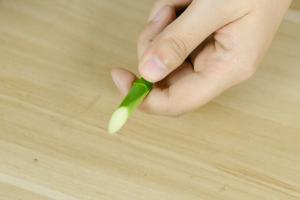 how many pine trees ...
how many pine trees ... how many pecan trees...
how many pecan trees... how many plants comp...
how many plants comp... how many plants can ...
how many plants can ... how many plants and ...
how many plants and ... how many pepper plan...
how many pepper plan...
